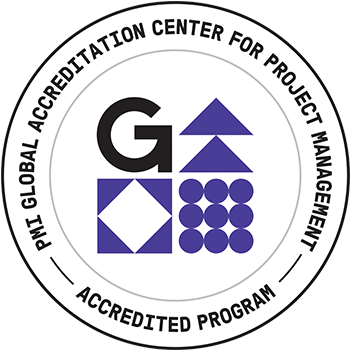
Paper and Presentation: What Can You See in Your CFD (Cumulative Flow Diagram)?
Abstract: In this presentation, attendees will learn how agile teams use cumulative flow diagrams (CFDs) to map their current workflow, expose their bottlenecks, limit work-in-progress, and improve their throughput by upholding “Little’s Law.”
Cumulative flow diagrams can appear mystical at first, but with this gentle introduction, you’ll quickly learn what they are and why agile teams use them to improve the way they work together. Soon, you’ll see how easy it is to interpret a cumulative flow diagram and diagnose what’s happening inside your agile team’s workflow process.
You can immediately take your learning in this presentation back to work by using a pre-built, dynamic cumulative flow diagram which is just one of many worksheets inside the freely licensed, Excel-based, Statistical PERT® Normal Edition workbook. This dynamically-constructed CFD works with any agile team, any backlog management tool, and with any way of sizing the team’s decomposed work items. You simply map your team’s workflow steps into the CFD worksheet and start counting how many work items exist in each step at regular intervals (usually daily). That’s it!
Here are your three key take-aways:
- Understand what a cumulative flow diagram is, and why agile teams like using them to improve the way they work together
- Understand how to “read” a cumulative flow diagram to spot bottlenecks and other workflow process issues
- Discover how to map your team’s workflow and start using a cumulative flow diagram to visual, then improve, your agile team’s workflow
PMI Talent Triangle: Technical Project Management
Biography: William W. Davis works in the IT industry, promoting personal and organizational agility, and sharing innovative tools/techniques with fellow agilists, project managers, developers, functional managers, and organizational leaders.
William has 35 years’ experience working in IT as a software developer and technical project manager for numerous IT projects. More recently, though, William is a Scrum Master and an organizational agilist — creating/delivering customized agile/Scrum training, offering agile coaching, and mentoring others on their agile journey. William also performs traditional project management on 3rd-party procurement projects, and he handles divisional portfolio management, too.
William began his Agile journey in 2008, when he first began promoting Scrum as an alternative approach to traditional project management. Since 2008, he has advocated for personal and organizational agility in general, and Scrum usage in particular. More recently, he is exploring Kanban’s benefits with continuous flow, limiting work-in-progress, and Kanban’s information visualization within the Scrum framework.
William has been a PMI member since 2005 when he earned his PMP credential. He is an honors graduate from Nova Southeastern University (M.S. in Leadership) and an honors graduate from The George Washington University in Washington, DC (M.S. in Project Management).

